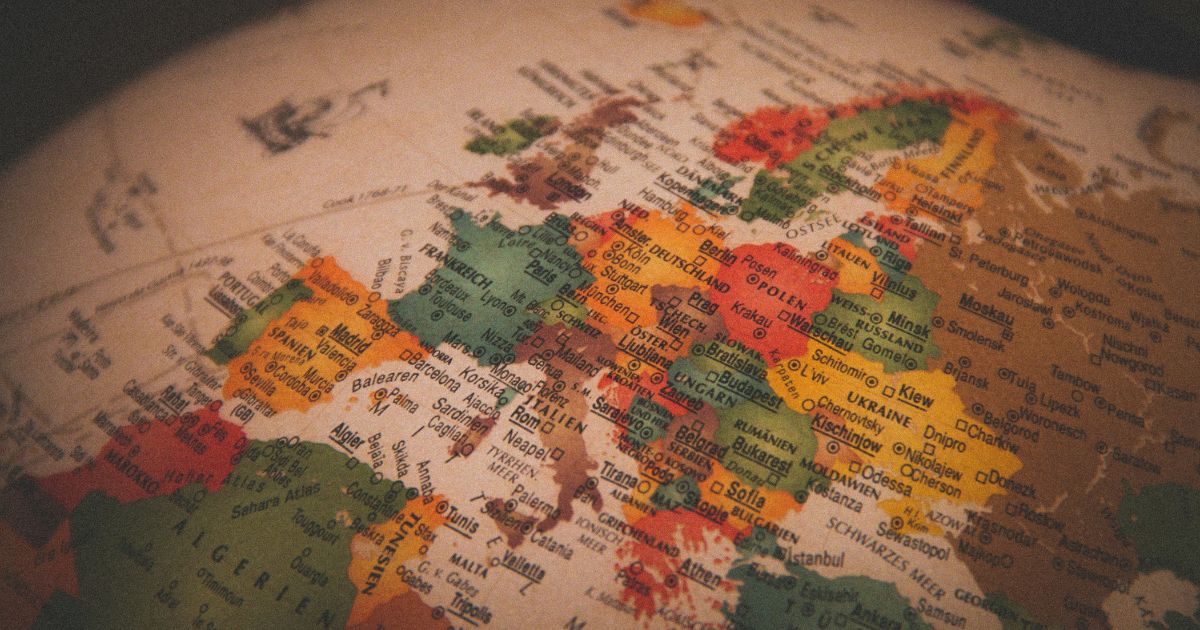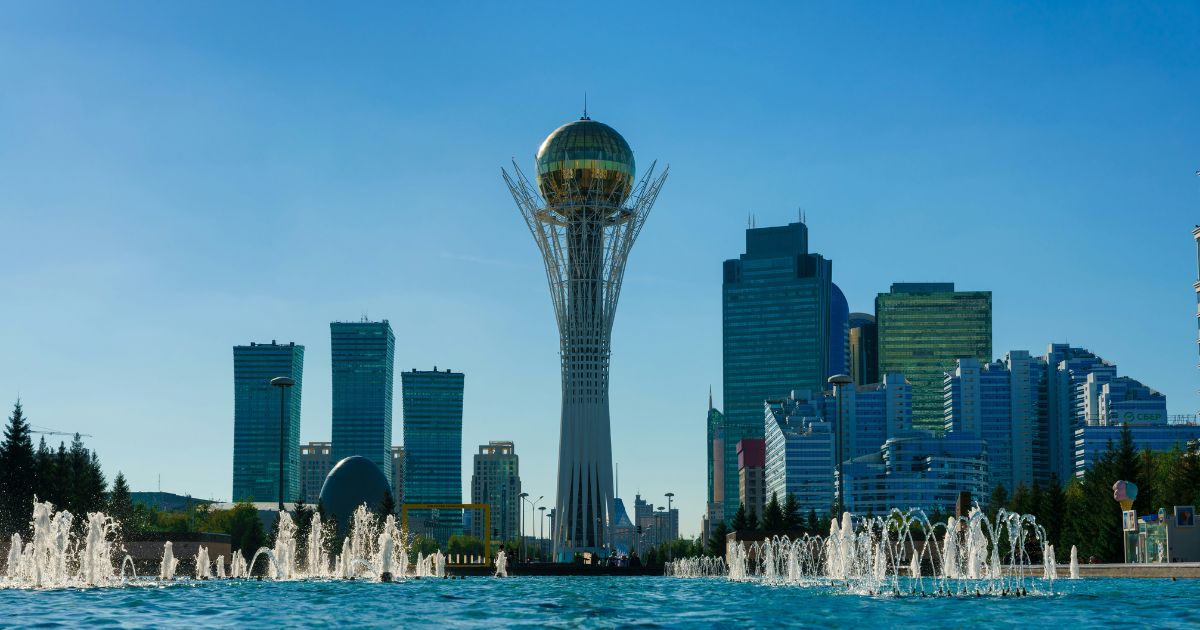The European Bank for Reconstruction and Development (EBRD) has upgraded its 2025 growth projection for the first time in over a year — but cautioned that the impact of tariffs and war will weigh on growth in 2026.
The emerging Europe, Central Asia, Middle East, and Africa report increased the 2025 growth prospect to 3.1%, but commented on increasing divergence as expansion in emerging Europe trailed elsewhere.
The 2025 forecast does not include the development bank’s latest additions — Iraq and six sub-Saharan nations, including Nigeria, Kenya, and Ghana — but they are forecasted elsewhere in the report for the first time.
The most recent report, EBRD chief economist Beata Javorcik said to Reuters, revealed “a story of multiple pressure points and a story of divergence in performance between emerging Europe and our other regions of operations”.
Growing debt, re-emergent inflation, long wars, and tariffs were threatening all EBRD economies, Javorcik cautioned. Though US imports from them increased during the year to date, that was fueled by the first quarter, prior to tariffs taking effect.
“We are going to see the effect of tariffs biting,” she said.
Debt and spending restraint are weighing on growth in the EBRD’s European countries, including Poland, Hungary, and Romania, but Central Asian and sub-Saharan African and Türkiye countries are pegged for higher growth. But Javorcik noted that debt servicing as a share of GDP is increasing in most countries, throwing doubts on the long-term sustainability of public finances.
“Polychronakis suggests there has been a change of mind among policymakers all over the world who now behave as though the issue of debt sustainability no longer exists, as if all have forgotten the recent Greek experience.”
Javorcik pointed out the public debt of EBRD nations as “very high” — roughly where it stood in 1990 — and the cost of debt servicing was becoming a big line item in budgets. In worst-case situations, as in Egypt, debt service was around 14% of GDP, versus around 4% in Hungary and 2% in Poland.
Inflation has also begun to increase once more, hitting 6.4% on average in the EBRD countries by July. Although this is significantly less than the 17.5% peak of 2022, it is higher than the EBRD predicted and is becoming more demand-driven, indicating expansionary fiscal positions.
The EBRD reduced Ukraine’s 2025 growth estimate once more, with the relentless war against Russia set to enter its fourth year, plus a poor harvest and worsening labour shortages. The economy of Russia is also set to hit a tough time, Javorcik added, with strained public finances and additional restrictions on oil and gas exports.
“There is a discomfiting mix of still-high inflation and slowing growth,” Javorcik said, going on: “Russia might be on its way to stagflation.”




